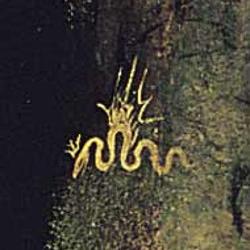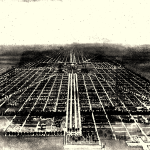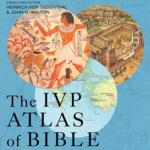Joe Carter tells about an interesting mathematical study proving that vampires cannot exist. If a vampire has to feed once a month and his victim becomes a vampire, and THOSE vampires drink people’s blood and turn THEM into vampires, the human race would DECREASE geometrically and the number of vampires would INCREASE geometrically. In two years, the human race would cease to exist. Since human beings DO exist, there must not be any vampires.
But look at the application. According to the authors of the paper, Costas J. Efthimiou and Sohang Gandhi, “Another philosophical principal related to our argument is the truism given the elaborate title, the anthropic principle. This states that if something is necessary for human existence, then it must be true since we do exist. In the present case, the nonexistence of vampires is necessary for human existence.”
The anthropic principal–that conditions had to be just right in a statistically-improbable way for human life to exist–is a concept much used against the theory of random evolution by advocates of Intelligent Design. Here is how Mr. Carter applies the argument from vampires:
The anthropic principle is often stated in a positive way, assuming that certain conditions must be met before human life can exist. At least two dozen demandingly exact physical constants must be in place for carbon-based life to exist, the slightest variation in any of these conditions–even to a minuscule degree–would have rendered the universe unfit for the existence of any kind of life, much less for humans.
But I believe Efthimiou and Gandhi’s paper provides an example of how the anthropic principle can be stated in a negative way. Vampires are a prime example of a class of objects (let’s call them V-class objects) whose non-existence is necessary for the existence of humans. In other words, if humans exist, then it is necessary that V-class objects do not exist.
At first glance this seems so obvious as to be unworthy of notice. Since we humans do, in fact, continue to exist, it shouldn’t be surprising that vampires (and other V-class objects) do not exist. But this begs the question of why humans exist and V-class objects do not. Their existence is, after all, as probable (or improbable) as the existence of humans. And the non-existence of any V-class objects is as statistically improbable as the aligning of dozens of independent physical constants that give rise to life.
The anthropic principle could therefore be restated as claiming that the existence of human life requires both (a) the alignment of several cosmological, chemical, and physical constants and (b) the non-existence of all V-class objects. The probability that each of these stochastically independent events could align precisely as they have, without any intervention, is roughly 0 — in other words, it can’t happen. The evidence therefore points to “fine-tuning” of these conditions.
Having reduced the chance hypothesis to a virtual impossibility we are left with the obvious conclusion that the fine-tuning is not only apparent but actual. The fine-tuning implies the existence of a tuner, hence we can conclude that the scientific evidence supports the conclusion that God exists.












